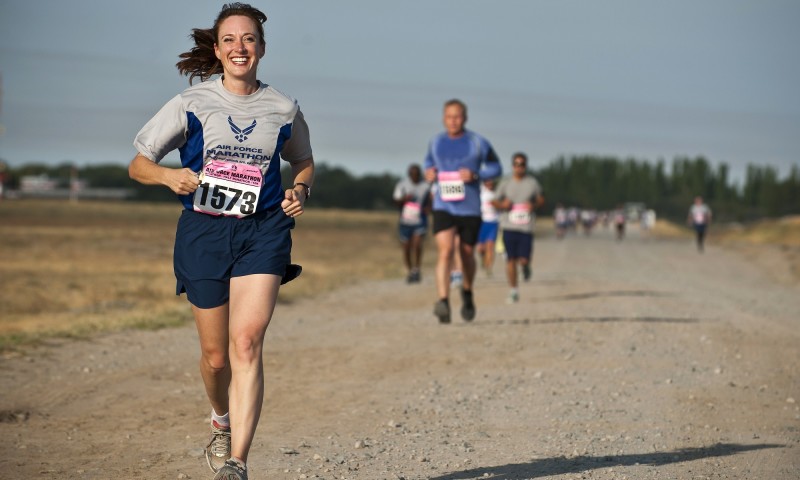Disclaimer: Before embarking on any sort of exercise plan, it is important to first consult with your healthcare provider.
Cardiovascular exercise is essential to any fitness plan, and having a fitness plan in place is important for weight management.
Cardiovascular Exercise: A Definition
You probably hear this term a lot, but are you familiar with what it means? Cardiovascular exercise refers to any exercise which raises our heart rate and gets our blood pumping.
Our bodies were designed to move, and movement requires the work of our muscles so they can grow stronger and support our lifestyles. The heart is a muscle, which means it’s important for us to exercise it! A strong heart is crucial to a healthy body as it affects various organs, systems and processes.
More specifically, cardiovascular exercise uses large muscle movement over a sustained period of time to keep our heart rate climbing above its normal pace. If you’ve ever gone for a bike ride, long walk up the stairs or even participated in a sports game which required a lot of movement, you’re familiar with the effects that cardiovascular exercise has on your body.
Incorporating Cardiovascular Exercise into Your Fitness Plan
Cardiovascular exercise is perhaps one of the most versatile types of physical activity one can do. It’s engaging, challenging and a great way to burn calories on your weight management journey. See below for a list of ideas you can use to incorporate cardio into your everyday fitness plan.
- Walking – One of the easiest, safest ways to practice cardio. Just make sure you walk at a quicker pace to boost your heart rate.
- Biking/Cycling – This type of exercise uses large muscle groups in the legs to get your heart racing, especially when you cycle at an incline!
- Running – This type of exercise is a bit harder, but it’s a great calorie burner. Make sure you have the proper running attire before getting started.
- Swimming – Swimming is a low-impact exercise that uses your entire body to help you move through water.
- Cardio-centric Exercise Equipment – Think ellipticals, treadmills and stair climbers.
- High Intensity Interval Training – HIIT is defined by short bursts of movement at maximum intensity followed by short periods of rest.
- Misc – There are tons of other ways to get your heart pumping! Examples include heavy cleaning, yard work, jump rope, dancing, etc.
What are your favorite types of cardio to help you burn calories and stay healthy? Email us at mstep@obesityaction.org.





